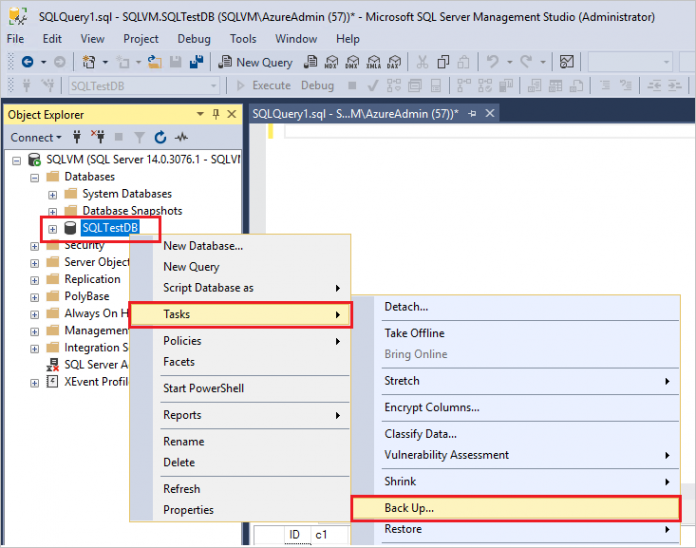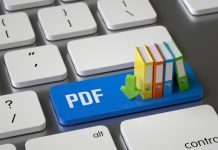Microsoft SQL Server is a relational database system that supports applications on a single machine both on a local network system and across the web. The Server bonds easily into the Microsoft ecosystem. Given its many benefits, why then would organizations across the globe want to replicate data SQL Server to Snowflake?
Snowflake is a fairly recent addition to data warehousing solutions and is based on the cloud. It is a cut above the conventional data warehousing solutions and has many in-built advantages.
First, it has segregated compute and storage capabilities and users can scale up and down in either of them, paying only for the quantum of resources used. Both unstructured and structured data can be loaded into Snowflake with support provided for JSON, XML, Parquet, and Avro data. Further, Snowflake provides concurrent access to multiple users working on multiple workloads without any roadblocks or a drop in performance.
Next, Snowflake automates various data processing needs in an organization. It is possible to auto-scale up or down while encoding columns or computing as data is automatically clustered without defining indexes. For large volumes of data though, users have to use clustering keys to co-locate table data. A major advantage offered by Snowflake architecture is support for a wide range of cloud vendors, thereby giving users the benefit of using the same tools to analyze data of diverse cloud vendors.
Features of Tools used to replicate data SQL Server to Snowflake.
There are several tools for replicating data from Microsoft SQL Server to Snowflake and choosing the best for your organization depends on specific needs and features that a tool has to offer. What then are the benchmarks that should be evaluated to select a tool to replicate data SQL Server to Snowflake?
- Should handle large volumes of data – The chosen tool should be able to replicate massive volumes of SQL Server data to Snowflake very fast and very efficiently without any performance degradation. Many replication tools are not up to this task and you can adversely affect the efficiency of your organization if you choose the wrong one.
- Should be completely automated – This is very critical as most SQL Server data tools set up connectors and pipelines before replicating SQL Server data to Snowflake. There is also some coding involved in the process. Choose a tool that automatically merges, transforms, and reconciles data with a point and click interface and substantially speeds up replication, regardless of the quantum of data involved.
- Should be user-friendly – Your Database Administrators should not have to spend hours to replicate data SQL Server to Snowflake. Managing dependencies and configuring backups until all the changes have been processed is tedious and leads to a high Total Cost of Ownership of the solution. An optimized tool, on the other hand, needs no constant involvement of the DBAs leading to low TCO for an organization.
- Should reconcile data in the Snowflake – The selected tool should continually be able to reconcile your data in the Snowflake cloud data warehouse. You should have the option of being able to validate against data in the SQL Server replication database continuously or at a frequency of your choice. The tool must be able to perform completeness checks for complete datasets and compare columns checksum and row counts at a basic granular level. Top-of-the-line tools will perform these tasks very satisfactorily and speedily.
- Should use SQL Server CDC for replication – The tool you use should not depend on time-consuming full data refresh to update destination data with changes at source. It adversely affects performance and productivity. Opt for a tool that uses SQL Server CDC (Changed Data Capture) to Snowflake. It will utilize database transaction logs to query SQL Server data at the source, copying the portions of modified and changed data to the Snowflake database only. The data is thus updated in real-time at a chosen frequency to the Snowflake data warehouse.
Check these parameters for choosing a tool to replicate data SQL Server to Snowflake.




































